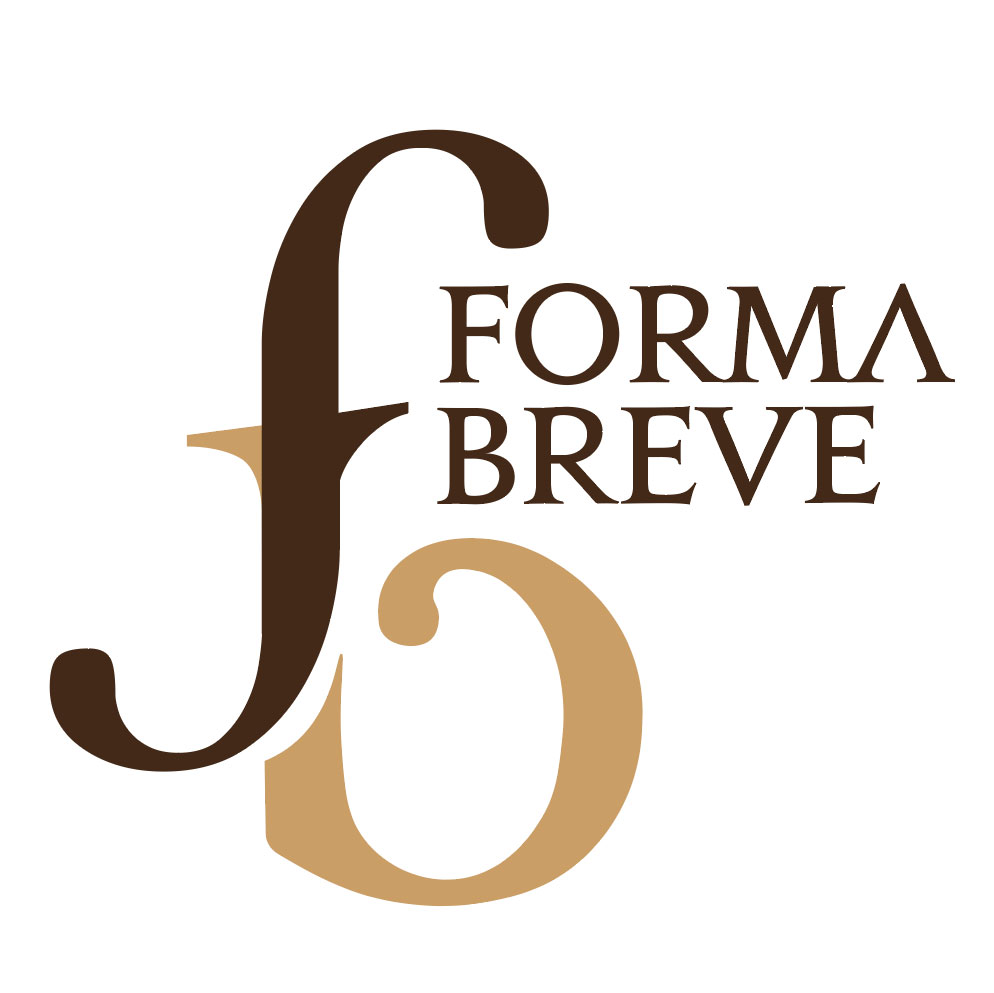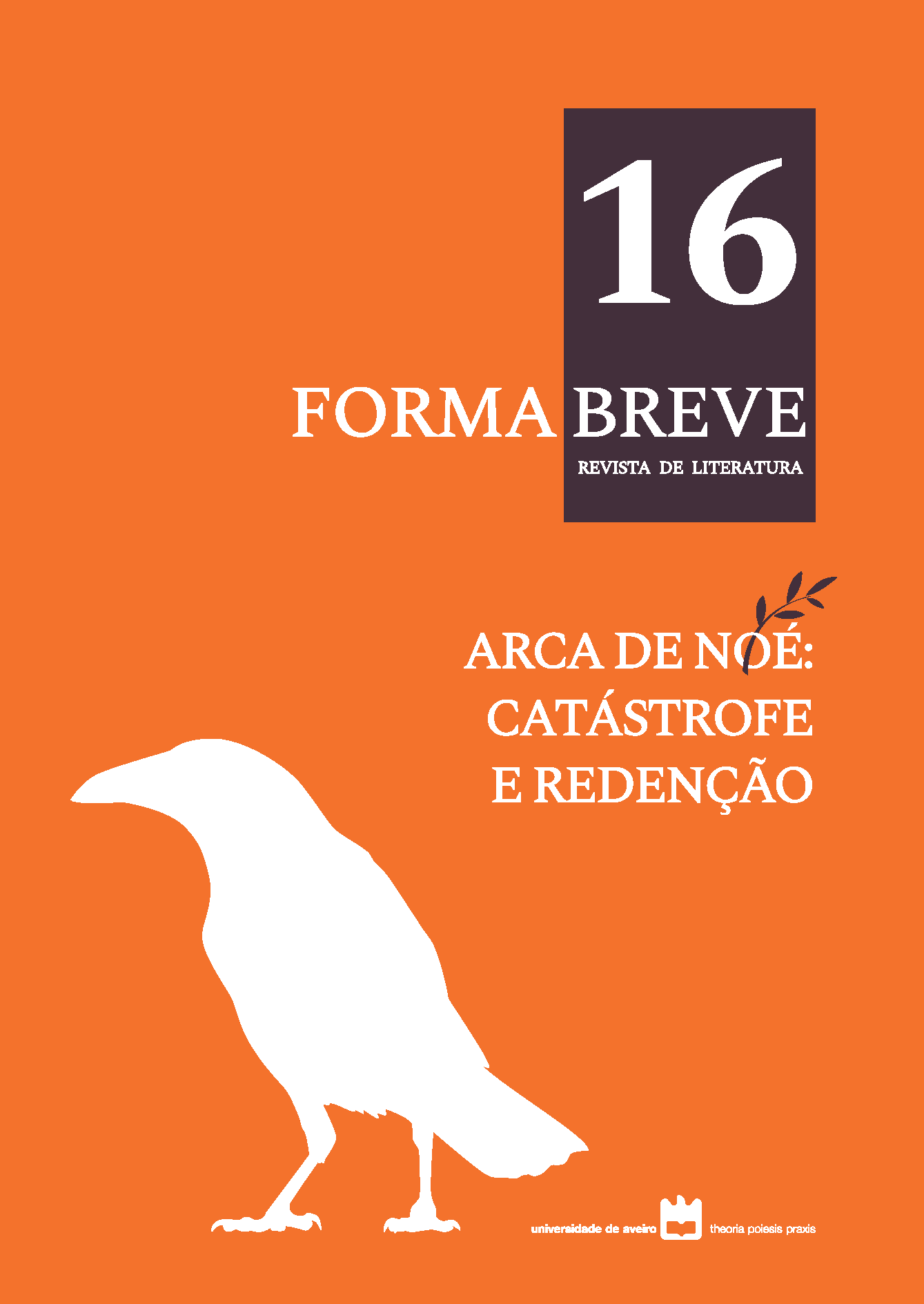Mulheres ao tear: tradição grega em Marina Colasanti
Resumo
Seguindo a tradição mítica das mulheres tecedeiras com toda a sua simbologia, a escritora brasileira Marina Colasanti insiste, nos seus contos, no mesmo motivo. Sob o aspeto de uma
narrativa infantil, o que está em causa – segundo a própria autora – é a revelação do inconsciente e dos mais profundos impulsos e emoções humanos. Como é próprio de Colasanti, o
ritmo usado é aparentemente simples e linear, e o estilo extremamente plástico e cromático.
Downloads
Referências
Alberto, P. F. (2007). Ovídio. Metamorfoses. Lisboa: Cotovia.
Bacry, P. (1991). Trois fois Penélope ou le métier poétique. Revue des Études Anciennes, 93 (1-2), 11-25.
Barbosa, T. V. (2008). Os bordados de Filomela, ou a voz da lançadeira, ΤΗΣ ΚΕΡΚΙΔΟΣ ΦΩΝΗ, Letras clássicas, 12, 51-81.
Barzotto, L. A. (2006). A intervenção da memória nas crônicas de Marina Colasanti. Terra roxa e outras terras. Revista literária, 8, 2-10.
Batista, E. (2011). Rosa e Colasanti: dois autores, dois momentos, mas o mesmo caminho mítico. Anais do SILEL, 2 (2), 1-14.
Colasanti, M. (1979). Uma ideia toda azul (6ª ed.). São Paulo: Editora Nórdica.
Colasanti, M. (1978, 2013). Doze reis e a moça no labirinto do vento. São Paulo: Global Editora.
Costa, I. F. (2016). Intertextualização na obra de Marina Colasanti: o tear e o tecido (Tese de Mestrado). Goiânia.
Garcia, P. B., Dauster, T. (Eds.) (2000). Teia de autores. Belo Horizonte: Autêntica.
Kennedy, G. A. (1986). Helen’s web unravelled. Arethusa, 19 (1), 5-14.
Lourenço, F. (2003). Homero. Odisseia. Lisboa: Cotovia.
Lowenstam, S. (2000). The shroud of Laertes and Penelope’s guile. Classical Journal, 95 (4), 333-348.
Maia, M. J. (2008). O universo passional de Marina Colasanti, em “A moça tecelã”. Cadernos de Semiótica Aplicada, 6 (2), 1-13.
Medeiros, N. M. (2009). A enunciação poética nos contos de Marina Colasanti (Tese de Mestrado). Araraquara.
Reckford, K. J. (1964). Helen in the Iliad. Greek, Roman and Byzantine Studies, 5 (1), 5-20.
Rocha Pereira, M. H. (2003). A teia de Penélope. In F. Oliveira (Ed.), Penélope e Ulisses (pp. 11-24). Coimbra: APEC, IEC, CECH.
Simões, M. C. (2011). Desfiando as amarras patriarcais: a subversão do mito de Penélope em “A moça tecelã”, de Marina Colasanti. Revista Garrafa, 24, s/p.
Thomas, C. G. (1988). Penelope’s worth: looming large in Early Greece. Hermes, 116 (3), 257-264.









